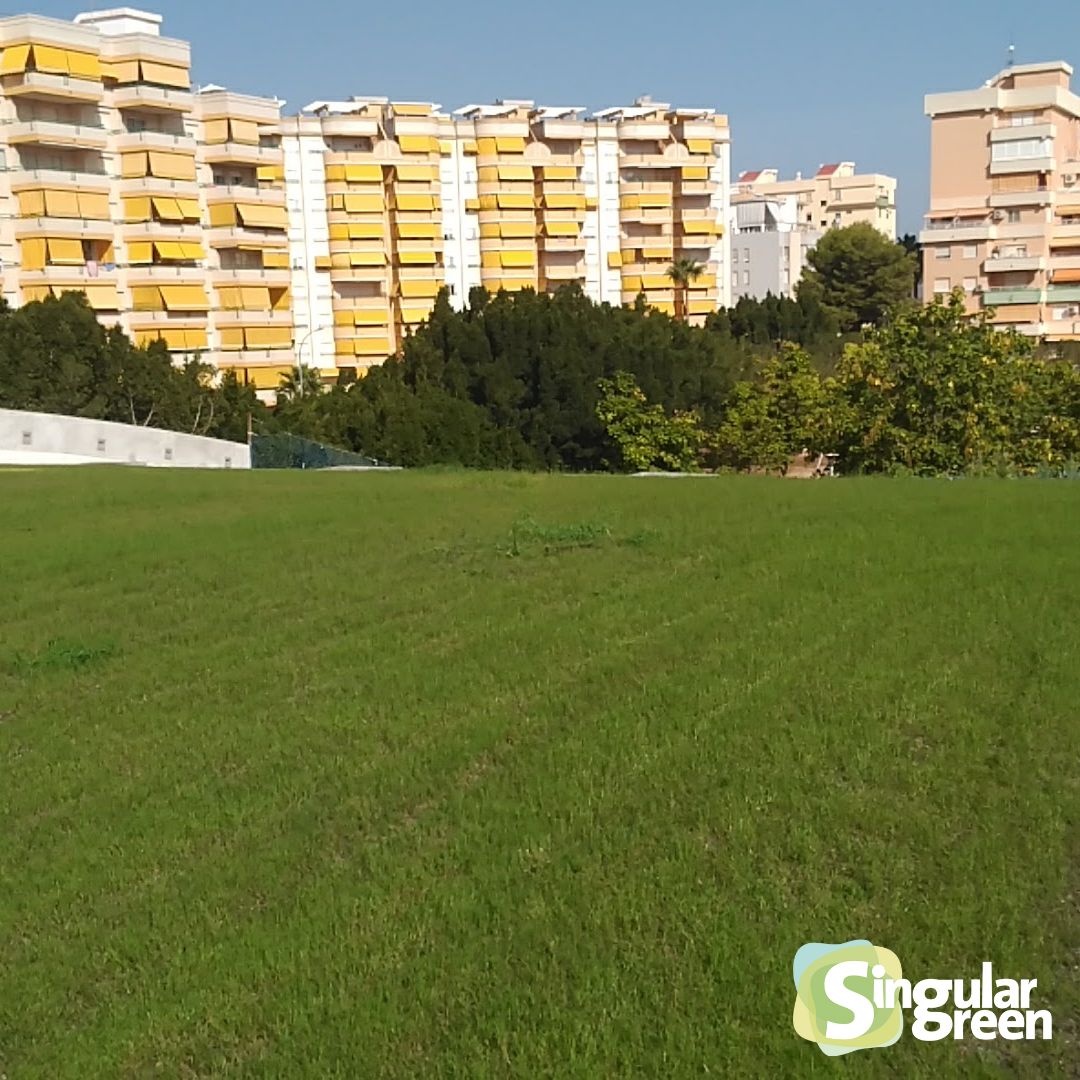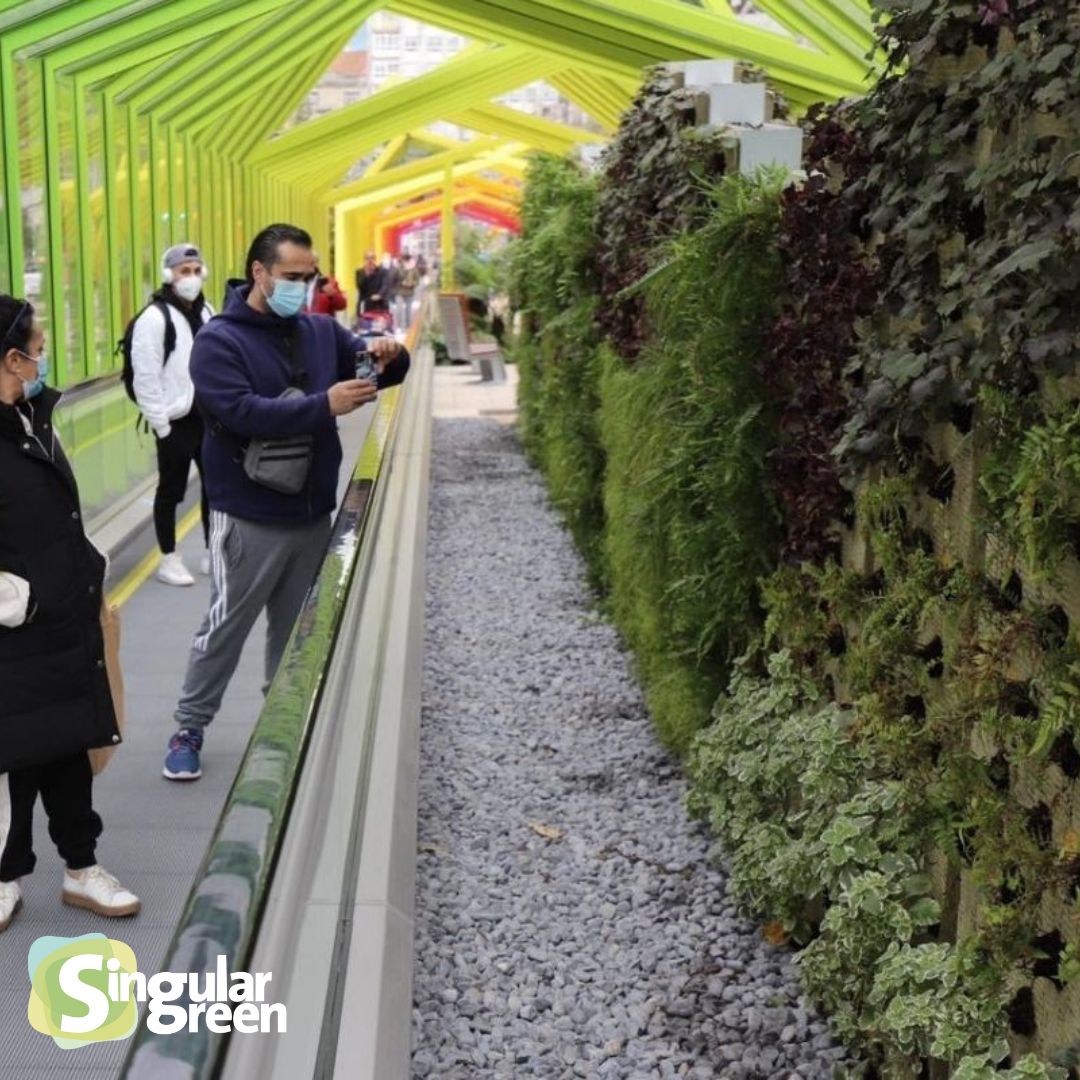Intense rainfall and extreme weather events have become a constant challenge for cities worldwide. But what if cities were designed to naturally absorb and manage water?
The concept of a “sponge city” offers an innovative solution. It promotes urban resilience to climate change and redefines our relationship with water.
What is a Sponge City?
Origin of the concept and its current importance
The term “sponge city” originated in China, a country that faced severe urban flooding problems over the last decade.
The idea is simple yet powerful: to design cities that function like sponges, capable of absorbing rainwater, filtering it, and returning it to the ground or reusing it. This approach contrasts with traditional urban infrastructures, which, being made of impermeable materials such as asphalt and concrete, cause flooding by preventing water infiltration.
Green infrastructure: the heart of sponge cities
Transforming a city into a “sponge” requires the integration of green infrastructures. These include green roofs, rain gardens, permeable pavements, and floodable parks.
These solutions allow sustainable water management, creating urban environments that are resilient and adapted to climate change.
Current Problems in Cities and Water Management
Urbanisation and its impact on flooding
Uncontrolled urbanisation has made many cities vulnerable to flooding. Impermeable surfaces prevent water from infiltrating, causing accumulation in streets and overburdened drainage systems.
In regions such as Spain’s Levante, this has become a recurring issue with devastating consequences.
The role of climate change in extreme events
Climate change is intensifying the frequency and severity of torrential rains.
Organisations like the Iberian Centre for River Restoration (CIREF) have warned that adapting to this new reality is crucial. Adopting strategies that prioritise coexistence with water is fundamental to minimising risks.
How Does a Sponge City Work?
Key techniques: green roofs, permeable pavements, and rain gardens
Sponge cities employ various techniques designed to manage water efficiently:
- Green roofs: Vegetated coverings that retain rainwater, reduce runoff, and improve air quality.
- Permeable pavements: Surfaces that allow water to pass through, preventing accumulation.
- Rain gardens: Green areas that capture and filter water, relieving pressure on drainage systems.

Examples of Sustainable Urban Drainage Systems (SUDS)
SUDS are an essential component in the design of sponge cities. They consist of infrastructures that mimic natural processes to manage water.
Examples include creating urban wetlands and restoring river channels.
Benefits of Sponge Cities
Environmental impact: air quality and biodiversity
Green infrastructures significantly improve air quality by reducing pollutants and increasing vegetation. They also promote urban biodiversity, creating habitats for local species.
Social advantages: well-being and green spaces
Sponge cities not only manage water sustainably but also provide green spaces for community enjoyment. These spaces help reduce stress and promote a healthier lifestyle.
Economic savings: reduced damage and costs
By preventing floods, sponge cities reduce costs associated with material damage and local economic disruptions. Additionally, they help lower water consumption by reusing rainwater.
Sponge Cities in Practice: Real Examples
Success stories in Spain: Vitoria-Gasteiz, Alicante, and Zaragoza
- Vitoria-Gasteiz’s Green Ring: This green infrastructure improves water infiltration and offers a natural environment for citizens.
- La Marjal Floodable Park in Alicante: Designed to store up to 45,000 m³ of water, this park is a standout example of sustainable management.
- Green infrastructures in Zaragoza: Restoring river channels and implementing nature-based solutions have reduced the impact of recent floods.
International inspiration: outstanding projects in China and Europe
China leads the implementation of sponge cities, with projects transforming cities like Wuhan and Shenzhen. In Europe, cities such as Berlin have also adopted similar strategies, proving these solutions are applicable in various contexts.
Proposed Solutions for Resilient Urban Design
Reorganising land use in urban areas
Avoiding construction in flood-prone areas and allowing water to spread naturally are key measures to reduce risks.
Restoring natural channels and wetlands
Reconnecting rivers with their flood zones reduces water energy and prevents overflows.
Implementing funding for green infrastructures
In Spain, funds such as those from the Biodiversity Foundation are available to finance projects that promote urban sustainability. These funds cover up to 85% of costs in some regions.
Conclusion: Building Cities of the Future
Sponge cities represent a comprehensive solution to tackle the challenges of climate change and urbanisation.
By adopting these strategies, we can transform our cities into resilient spaces where water ceases to be a problem and becomes a valuable resource.
It’s time to act and build a sustainable future for generations to come.







